Timeline: Nintendo

What began as a simple playing cards company has transformed the gaming industry alongside the transformation of its brand. Nintendo has left its mark on more than just gaming systems but on the way in which games are played. Its brand history tells the story of these revolutionary changes

1889-1950 Founded as a playing card company, Nintendo’s first logo was comprised of the Kanji characters for nin, ten and do, which has card-playing connotations. In 1902, the company began marketing the first western- style playing cards in Japan.
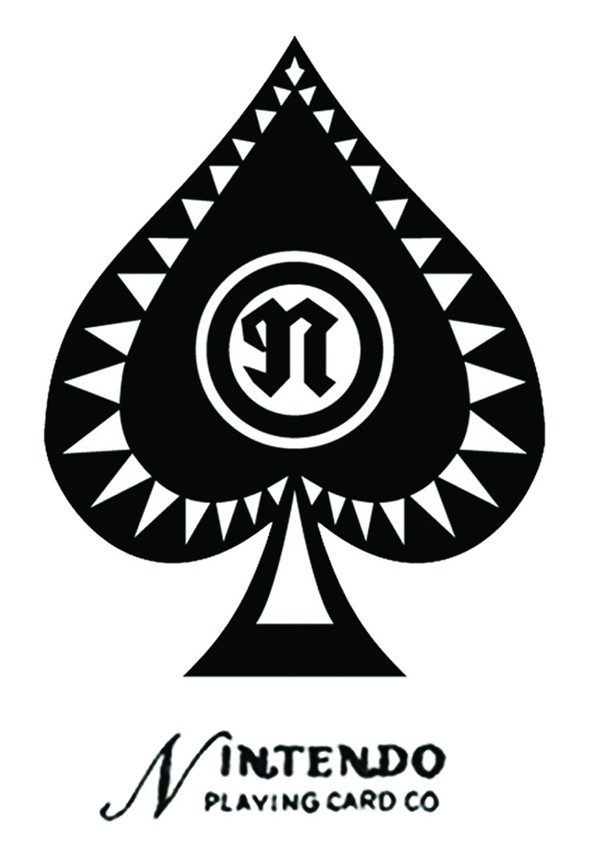
1950-1960 Hiroshi Yamauchi succeeded his grandfather as president of the company, transforming it from a purveyor of playing cards into a listed company on the Osaka and Kyoto Stock Exchanges.

1960-1964 After the official shift to Nintendo Ltd added games to its offering.


1964-1968 The first appearance of the modern Nintendo brand took hold in 1964. Through 1972, the company would go through a series of wordmarks following a similar style. The exception is the logo from 1967-1975 which saw Nintendo Games shortened to a monogram.
1968-1972 A subtle shift in the logo allowed for the first appearance of the sans serif typeface style that would come to define Nintendo’s wordmark over the next few decades.
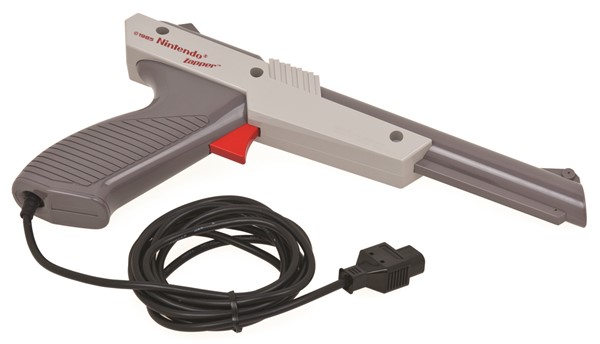
1972 Nintendo revolutionised the games market with the introduction of
an electronic Beam Gun. Two years later, it developed 16mm film projector arcade games that were deployed across the U.S. and Europe.
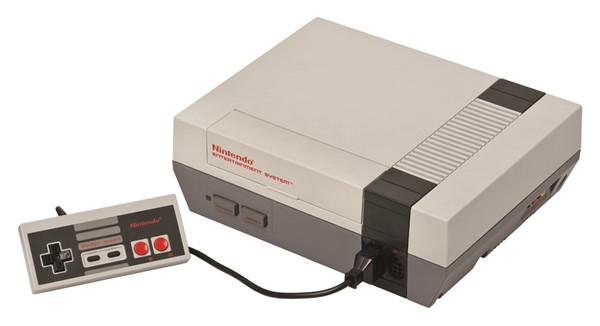
1975-2006 The world changed in 1983 when the first Nintendo home gaming product, the Nintendo Entertainment System (NES), was launched as the ‘famicom’ or family computer. Its release was complemented by the games Donkey Kong, Donkey Kong Jr. and Popeye. Not only was the game system a literal game-changer, but the NES controller’s elements have become the industry standard in terms of design and user-interface.
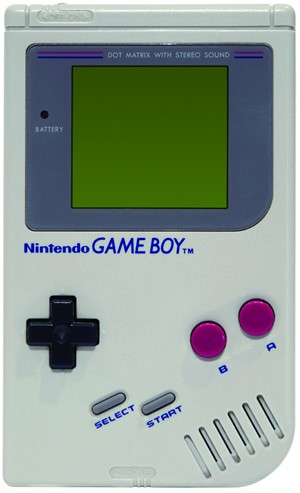
1989 With the introduction of the Game Boy in 1989, Nintendo once again set a new standard for technological interactivity. Game Boy’s many iterations have
sold millions but also influenced app development and competitors’ handheld device designs and capabilities.
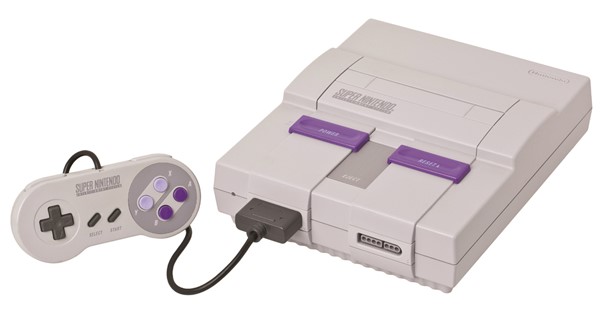
1992 Super Nintendo, launched in 1992, exponentially increased the power of the home gaming system by allowing users the enhanced ability to build worlds, delve further into games and play at greater speeds.
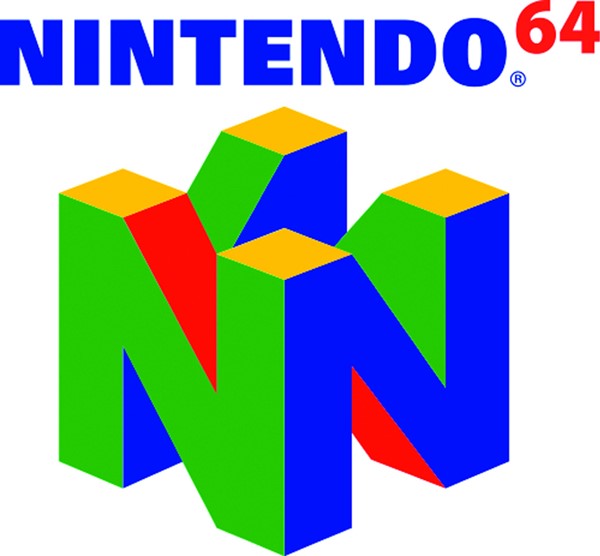
1995 Alongside the dazzling graphics advancements and new controller format offered by the 1995’s new product, the Nintendo 64 (N64) system, Nintendo was able to expand its game brands. Super Mario 64, already a popular option on the Super Nintendo platform, found a home on the N64. Donkey Kong and Pokémon were also further developed for N64 users. 11. Pokémon was officially launched in Europe in 1999. The brand was marketed as a video game, a card game and spawned TV shows and countless merchandising opportunities for Nintendo.

2006-present Once again Nintendo shifted the paradigm for video gaming with Wii’s launch in 2007. The introduction of a responsive remote control spawned a new era of gaming and influenced everything from rival systems to mobile apps with its seamless game- user interface.


